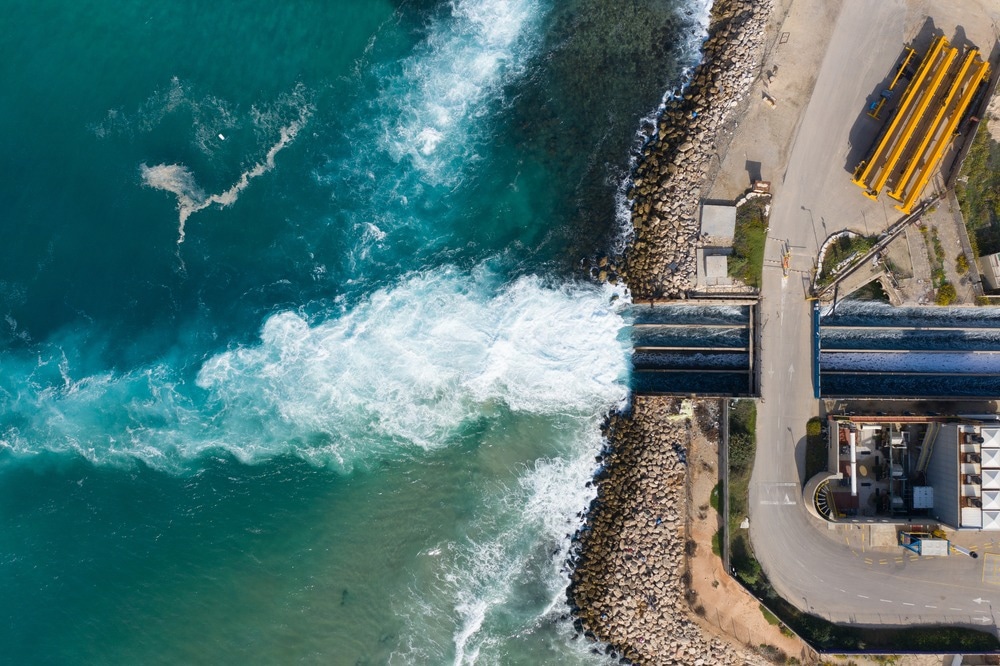The global sustainability crisis is caused by a clean water supply-demand imbalance. According to The United Nations World Water Developments Report 2023, water scarcity affects 2–3 billion people.

Image Credit: Luciano Santandreu/Shutterstock.com
A viable solution is seawater desalination via membrane separation to clean water. However, most membranes are limited by low water flux since membrane quality is compromised during preparation due to severe conditions and/or complex processes, resulting in low water productivity, energy efficiency, and membrane usage. As a result, there is a demand for high-flux desalination membranes.
Recently, investigators guided by Prof. Gaofeng Zeng at the Chinese Academy of Sciences’ Shanghai Advanced Research Institute (SARI), in cooperation with Prof. Guosheng Shi at Shanghai University, created graphdiyne composite membranes and obtained nearly complete salt rejections and ultrahigh water flux in seawater desalination.
The findings were published in Nature Water on September 4th, 2023.
The scientists created nanopore-structured graphdiyne membranes with a submicron thickness on porous Cu hollow fibers using a Glaser-Hay cross-coupling reaction under mild solvothermal conditions.
Graphdiyne membranes rejected over 99.9% of small ions in seawater. They had 1–3 orders of magnitude higher water fluxes than commercial membranes like metal-organic framework membranes, zeolite membranes, and graphene-based membranes. They also demonstrated consistent stability in long-term tests with real seawater, hypersaline water, and pollutant-containing waters.
Theoretical calculations implied that saline-water/graphdiyne and saline-water/vapor interfaces housed 1–3 molecular layers of pure water without salt, which made a significant contribution to complete salt rejections on graphdiyne membranes. Ultrahigh water fluxes were obtained using a two-layered graphdiyne channel model, which is consistent with experimental observations.
The study results not only provide an adaptable method for producing graphdiyne membranes, but also illustrate the possibility of producing other alkadiyne-containing membranes using a similar methodology, which could be used for membrane separation, ion transfer, and energy conversion.
Journal Reference:
Chen, H., et al. (2023). Ultrahigh-water-flux desalination on graphdiyne membranes. Nature Water. doi.org/10.1038/s44221-023-00123-3.